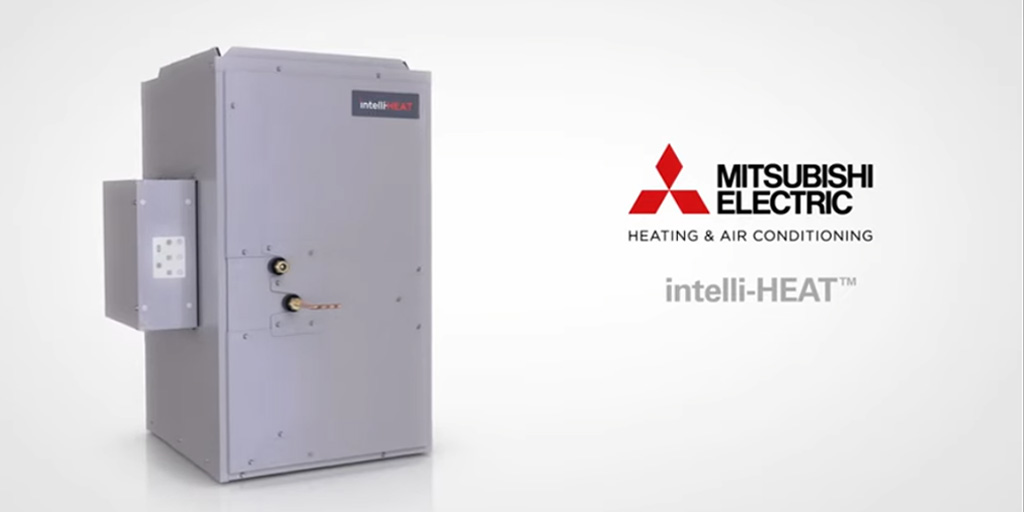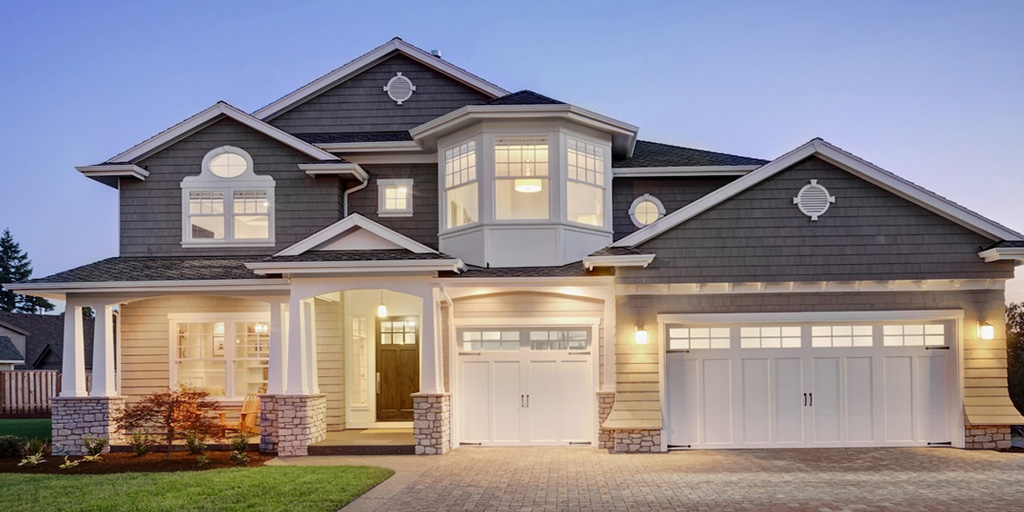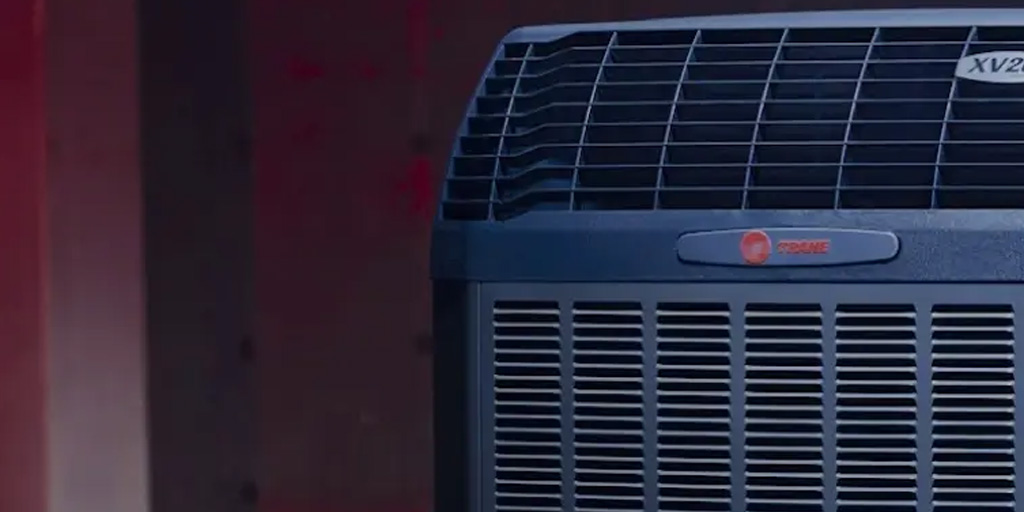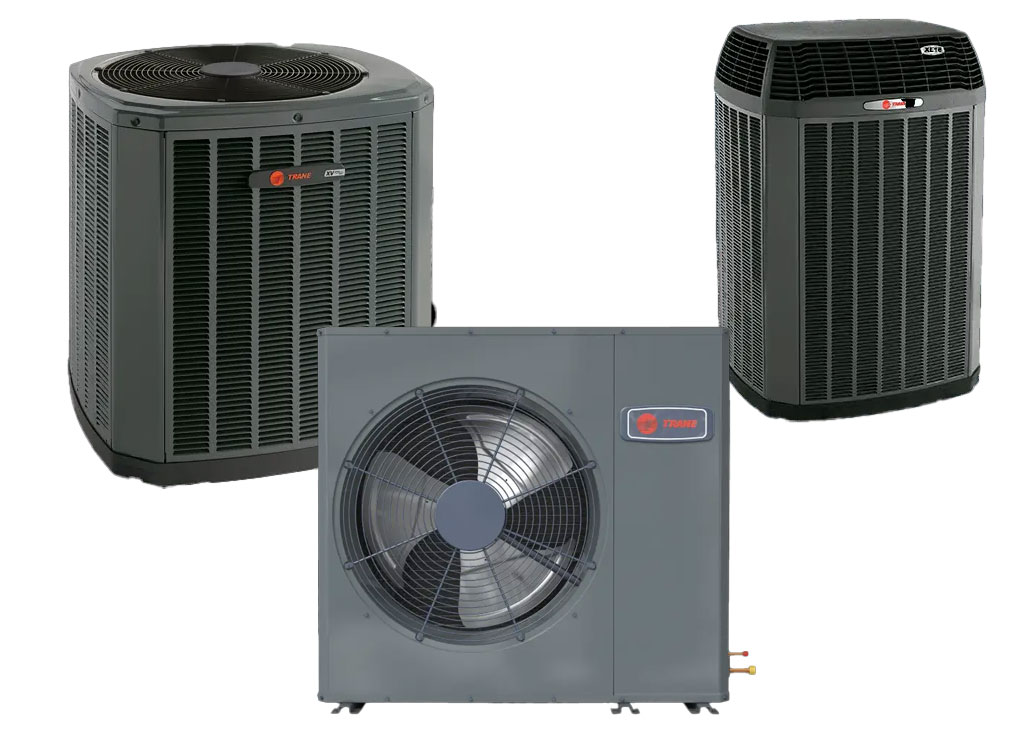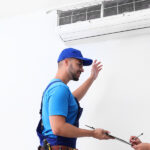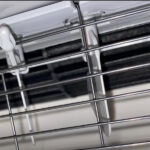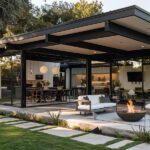As the warm summer days begin to fade, it’s time to turn your attention to fall maintenance tasks that will help prepare your home and HVAC system for the cooler months ahead. By taking proactive steps now, you can ensure that your home stays comfortable, energy-efficient, and safe during autumn and winter.
Here’s a guide to essential fall maintenance tasks for your home and HVAC system.
Change Your Air Filters
Air filters play a crucial role in maintaining indoor air quality and ensuring that your HVAC system runs efficiently. As you head into fall, it’s important to change or clean your air filters regularly. Clogged or dirty filters force your system to work harder, leading to higher energy bills and potentially reducing its lifespan. Consider replacing your filters every 30-90 days, depending on usage and the presence of pets or allergies.
Schedule a Professional HVAC Tune-Up
Just like any other system, your HVAC system needs regular maintenance to function efficiently. Fall is the perfect time to schedule a professional tune-up. An HVAC technician will inspect and clean your system, check for any issues, and make necessary adjustments. This preventative maintenance can help avoid unexpected breakdowns during the colder months, saving you money and hassle in the long run.
Check and Seal Air Leaks
Before the temperatures drop, inspect your home for air leaks around windows, doors, and other openings. Sealing gaps with weatherstripping or caulk can prevent drafts and keep warm air inside. Not only does this improve comfort, but it also helps your HVAC system work more efficiently by reducing the load on it, saving you on heating costs.
Test Your Thermostat
Fall is a good time to check your thermostat’s settings and functionality. Consider upgrading to a programmable or smart thermostat, which can help you maintain a comfortable temperature while optimizing energy usage. Set lower temperatures during times when you’re not at home or asleep to reduce energy consumption without sacrificing comfort.
Clean Your Outdoor Unit
Leaves, debris, and dirt can accumulate around your outdoor HVAC unit, affecting its performance. Before the cold weather sets in, make sure to clean the area around your unit and remove any debris. This will ensure that your system runs efficiently and doesn’t overheat during operation.
Inspect Insulation
Proper insulation is key to keeping your home warm during the fall and winter months. Check the insulation in your attic, walls, and crawl spaces to ensure it’s in good condition. Adding or replacing insulation where needed will help maintain indoor temperatures and reduce the strain on your HVAC system.
Examine Your Chimney and Vents
If you have a fireplace, now is the time to inspect your chimney and vents. Make sure they are clean and free from obstructions. This ensures proper ventilation and reduces the risk of carbon monoxide buildup or fire hazards during the colder months.
Check Carbon Monoxide Detectors
With heating systems running during the fall and winter, it’s essential to check your carbon monoxide detectors to ensure they are functioning properly. Replace batteries and test the detectors to safeguard your home from the risk of carbon monoxide poisoning.
Consider an HVAC System Upgrade
If your HVAC system is outdated or nearing the end of its lifespan, fall is a good time to consider upgrading to a more energy-efficient model. Newer systems can offer better performance, lower energy bills, and enhanced comfort during the colder months. A reliable and professional HVAC company like Alternative HVAC Solutions can help you determine if an upgrade is necessary and guide you through the process.
Get Your Fall HVAC Tune-Up Today!
Following these essential fall maintenance tips, you can prepare your home and HVAC system for the cooler months ahead. Regular upkeep ensures comfort, energy efficiency, and peace of mind.
If you need assistance with HVAC maintenance or system upgrades, Alternative HVAC Solutions is here to help with professional, reliable service. Get in touch with us to schedule your fall HVAC tune-up today!





